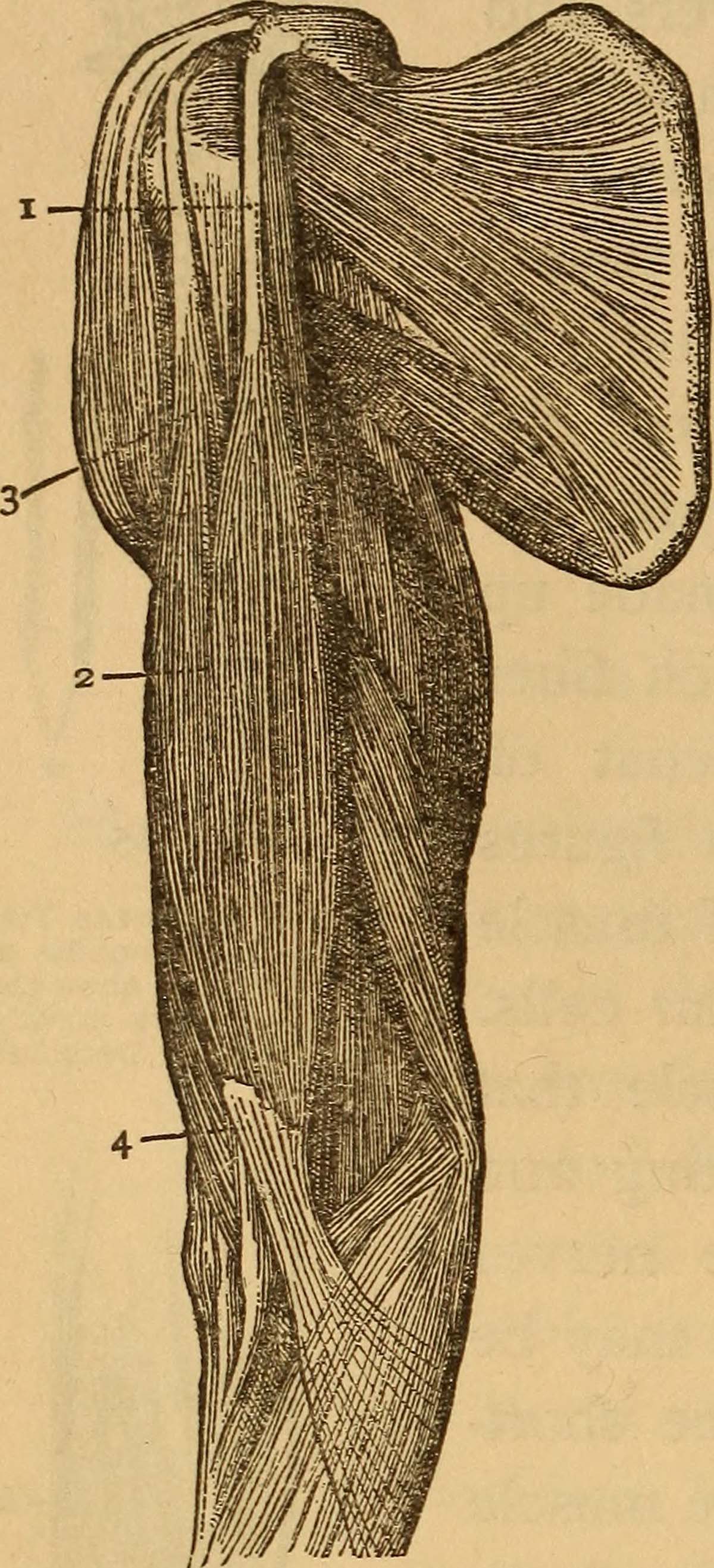
De Quervain's tenosynovitis represents a special type of tendonitis affecting the tendons on the thumb side of the wrist, those in charge of the movement of the thumb. The process of inflammation is a reason why patients experience discomfort or even pain each time they turn their wrist, try to grasp some items or make a fist.
The exact reason why de Quervain's tenosynovitis develops remains a mystery although many health experts believe that the condition results from repetitive hand/wrist movement. Fortunately, timely treatment may bring inflammation under control.Symptoms of De Quervain's Tenosynovitis
The leading characteristics of this form of tenosynovitis are pain and swelling, both of which affect the base of the thumb. The pain generally starts suddenly, it is initially mild and well tolerated while after some period of time may become quite severe and unbearable. What is more, the pain does not have to be restricted only to the base of the thumb. Instead it sometimes radiates along the forearm. Certain activities such as pinching or grasping makes the matter worse.
The base of the thumb is swollen and one may sometimes notice a fluid filled cyst in the painful area. Pain and swelling are both blamed for inability of a person to move the wrist. Finally, in some cases the movement of the tendons through the inflamed are can create a squeaking sound.
There are many conditions that cause the same symptoms as those of de Quervain's tenosynovitis. This is the reason why doctors perform so called Finkelstein's test. The doctor grasps the painful thumb and quickly performs ulnar deviation. If during this action the patient experiences sharp pain that spreads along the distal radius, he/she is most certainly suffering from de Quervain's tenosynovitis.
Causes of De Quervain's Tenosynovitis
Our body comprises many tendons. Some of them are located in the forearm, extend to the hand and allow us to grip, grasp, pinch or wring things in our hands. The tendons we need for these purposes are located at the side of the forearm and enter the hand at the base of the wrist. Once they get inflamed, the movement of the hand becomes limited. This inflammation explains the onset of de Quervain's tenosynovitis.
Many times the process of inflammation is triggered by prolonged overuse of the wrist and repetitive motion. People who are engaged in activities that include repetitive motion of their wrist are highly likely to develop this type of tenosynovitis. This particularly refers to certain professions like musicians, office workers, etc.
Furthermore, the condition may result from some injuries. Injury to any of these tendons or the very injury to the wrist may subsequently trigger tenosynovitis. People suffering from rheumatoid arthritis are also a risk group. The incidence of the condition is high in people between 30 and 50 years of age and it affects women a bit more compared to men.Treatment for De Quervain's Tenosynovitis
As it has already been mentioned it is sufficient to take patient's history, perform a physical exam and Finkelstein test in order to confirm the diagnosis.
Initially, when the pain is simply unbearable, the goal of the treatment is to reduce it, if not completely eliminate this unpleasant sensation. The wrist and the thumb are both immobilized. This is achieved with a splint or brace. Immobilization does not allow the wrist or the thumb to move which reduces the pain significantly. Furthermore, one should apply ice or cold compresses to the swollen area. Cooling additionally alleviates the pain and helps excess of fluid to be absorbed. Finally, intake of anti-inflammatory drugs such as NSAIDs additionally deals with painful sensation and excess of fluid. Ibuprofen and naproxen are the most commonly prescribed drugs from this group.
In case swelling and pain do not respond to the initial treatment, doctors may suggest injections of corticosteroids. These are powerful anti-inflammatory agents and once they are injected they almost immediately bring relief.
Since inflammation may reoccur, a person is supposed to consult a well experienced physical and occupational therapist. The former will teach the patient how to strengthen the muscles of the wrist and the forearm, reduce the pain in the area and avoid irritation of the tendons. The latter is in charge of re-establishing new habits. Namely, an occupational therapist teaches the patient how to relieve stress on his/her wrist and prevent inflammation from recurring.
If conservative treatment fails to provide with relief, a person is supposed to be operated. A surgeon makes a cut in the wrist area and cuts open the sheath surrounding the inflamed tendons. This reduces the pressure caused by inflammation and fluid build-up and allows the affected tendons to become mobile again.
All in all, this is not a condition that leads to severe loss of wrist function nor it causes permanent damage to wrist tendons. However, it is supposed to be prevented is possible by avoiding repetitive hand and wrist movement.






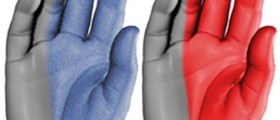


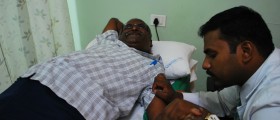


-Symptoms,-Diagnosis,-Treatment_f_280x120.jpg)
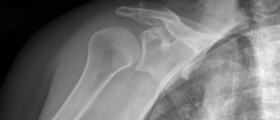


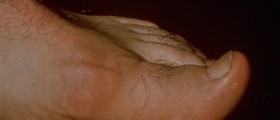
Your thoughts on this
Loading...